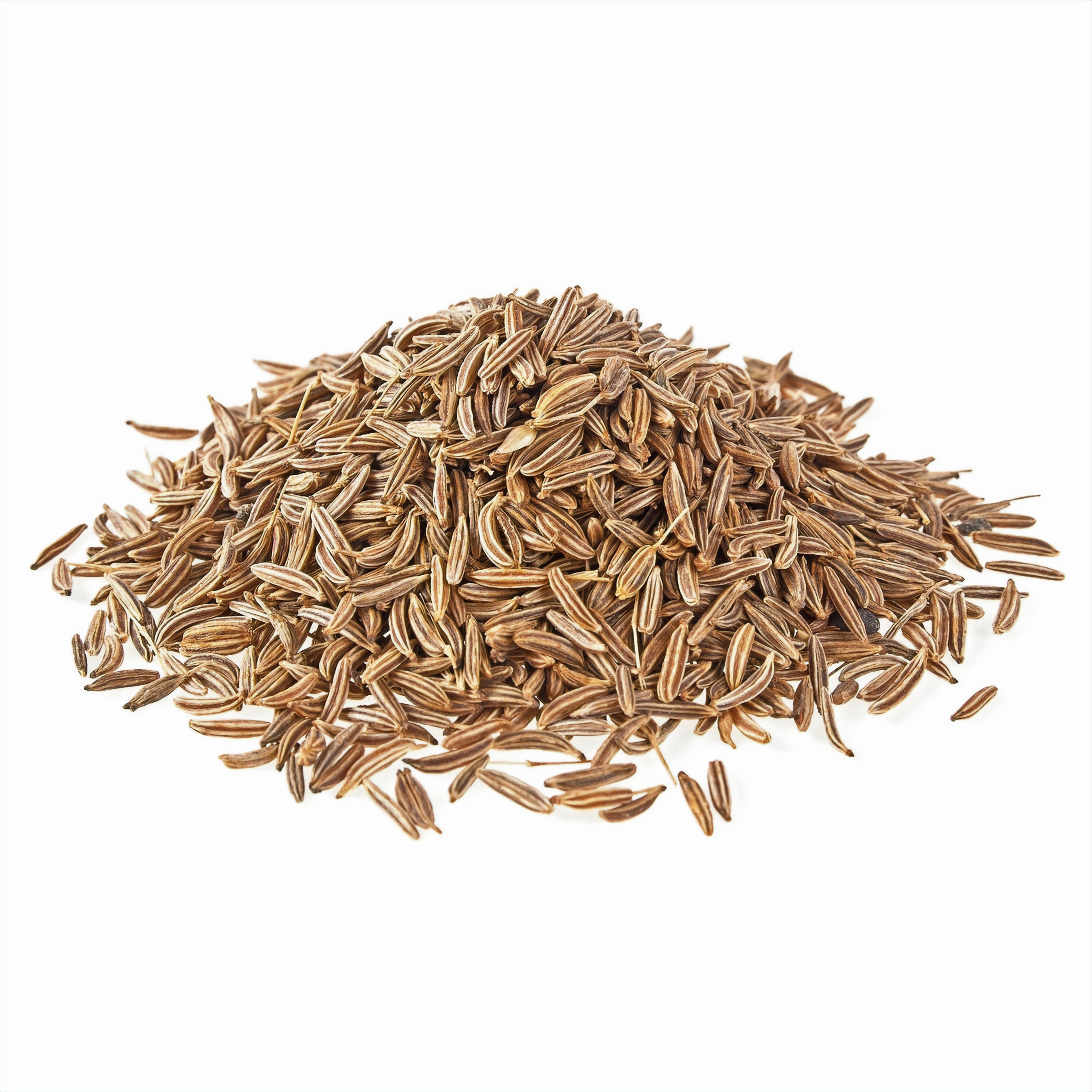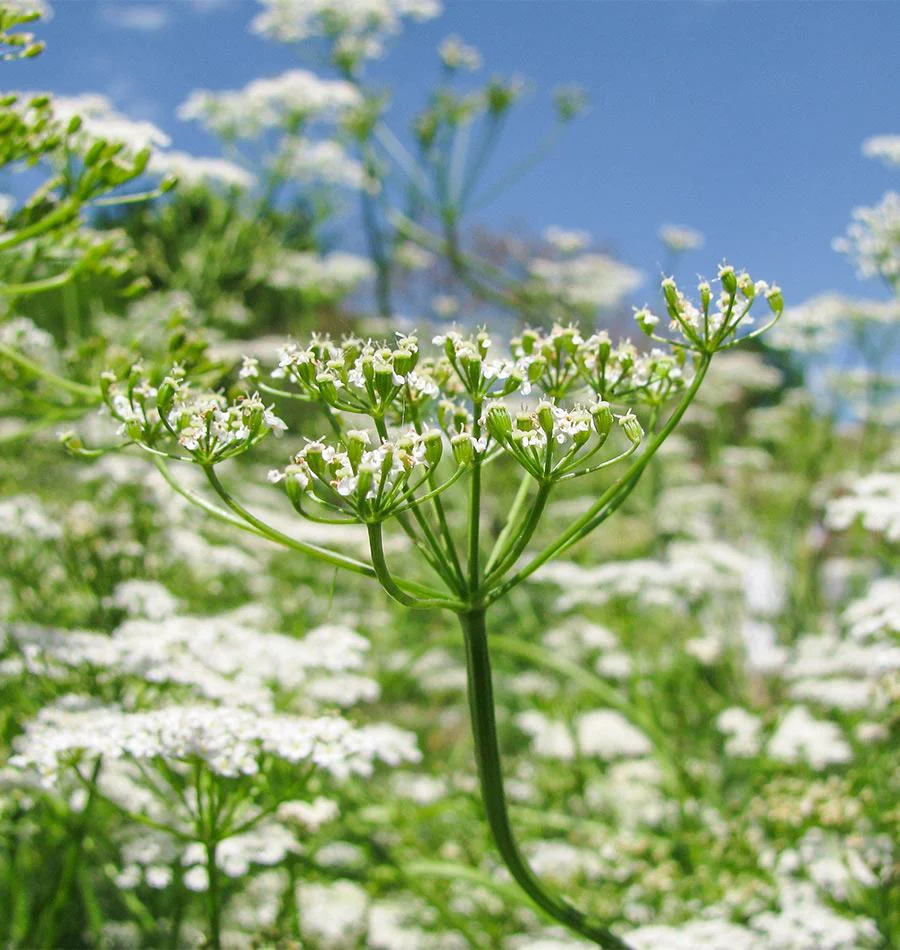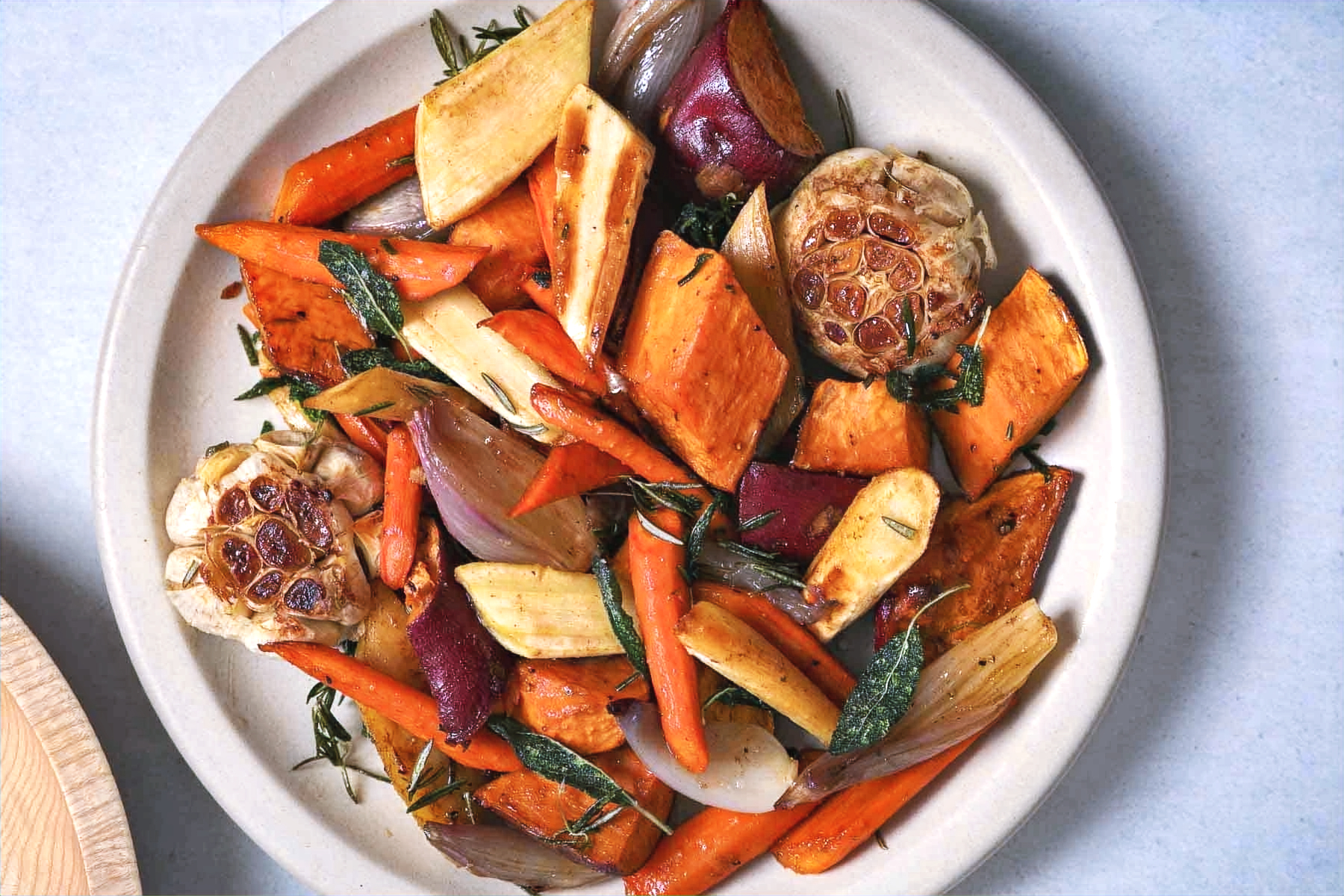
Cumin is the Earthiest Spice
Warm, earthy, and aromatic, cumin brings rich flavour to kitchens worldwide. From curries and stews to roasted vegetables, a pinch transforms everyday dishes.
Table of content
How Does Cumin Taste?
What are the main types of cumin?
How should cumin be used in cooking?
Can cumin be used in non-Indian cuisines?
How do I store cumin?
Cumin
Cuminum Cyminum
What is Cumin?
Cumin is one of the world’s most ancient spices, used for over 5,000 years in Middle Eastern, Indian, and Mediterranean cuisines.
Its distinctive aroma comes from its essential oils, particularly cuminaldehyde.
Cumin is versatile, lending depth to spice blends like garam masala, chili powder, and taco seasonings.
Whole seeds are often toasted to release their flavour before grinding or cooking, while ground cumin adds earthy warmth to soups, stews, curries, and roasted vegetables.
Beyond flavour, cumin has been used traditionally for digestion, immunity, and overall wellness.

Facts about Cumin
Flavour & Taste
Cumin has a warm, earthy flavour with a hint of smokiness and a subtle bitterness that gives dishes depth and richness. Its aroma is bold and slightly peppery, with nutty undertones that linger on the palate.
Where Does Cumin Come From?
Cumin is native to the Eastern Mediterranean and South Asia. Today, it is extensively cultivated in India (the largest producer), Iran, Turkey, Egypt, Morocco, and parts of Mexico. It grows best in hot, arid climates with well-drained soil.
Popular Varieties of Cumin
Black cumin
Nigella sativa
Sometimes called black seed, different from regular cumin, with a slightly bitter and peppery taste.
White/Golden cumin
Mild, common in Indian and Middle Eastern cooking.
Brown cumin
Traditional variety, aromatic and earthy, used globally.

FAQ
How Does Cumin Taste?
Cumin is warm, earthy, and slightly bitter, with a hint of citrus and smokiness.
What are the main types of cumin?
Common varieties include brown cumin (aromatic and earthy), white/golden cumin (mild, widely used in Indian and Middle Eastern cooking), and black cumin (Nigella sativa), which is slightly bitter and peppery.
How should cumin be used in cooking?
Whole seeds are often toasted to release their aroma before grinding or cooking, while ground cumin can be added directly to soups, stews, curries, spice blends, and roasted vegetables.
Can cumin be used in non-Indian cuisines?
Yes — cumin is versatile and widely used in Middle Eastern, Mexican, Mediterranean, and North African dishes, adding depth to spice rubs, sauces, and roasted vegetables.
How do I store cumin?
Store both whole and ground cumin in an airtight container in a cool, dark place to preserve its flavour and aroma for up to a year.

Recipe Idea
Cumin-Spiced Roasted Vegetables
Toss chopped carrots, potatoes, and bell peppers with olive oil, 1 teaspoon ground cumin, salt, and pepper.
Roast at 200°C (400°F) for 25–30 minutes until tender and golden for a fragrant, earthy side dish.
